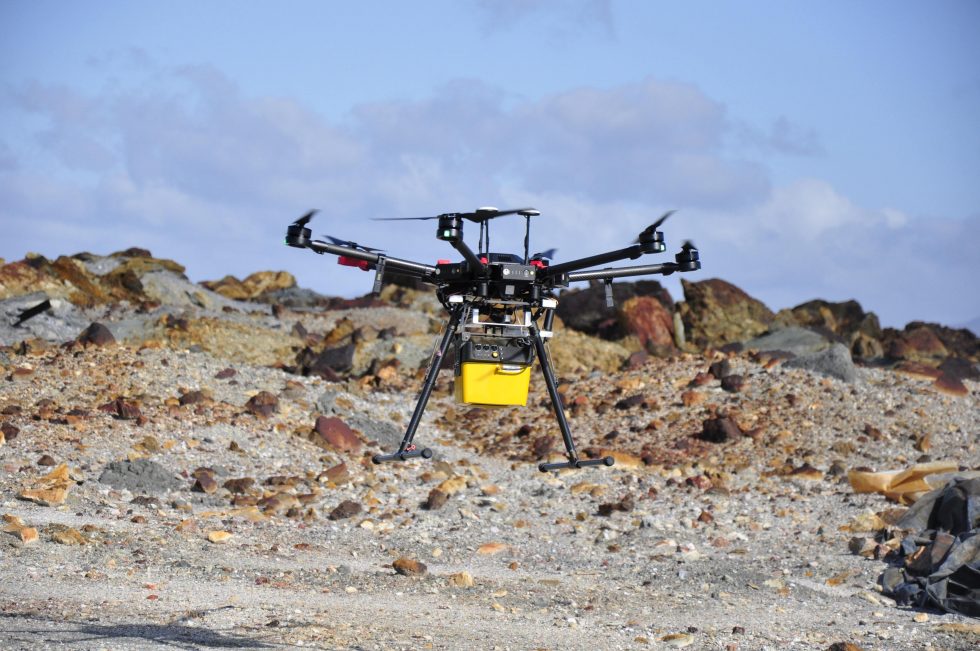The structure industry is witnessing a technological renaissance, and drone surveying is at the lead of this transformation. Along with the ability in order to capture high-resolution aerial imagery and make detailed maps throughout a fraction regarding the time it takes traditional methods, drones are changing the way surveyors and construction clubs approach their projects. As construction internet sites become increasingly complicated, the precision and even efficiency provided simply by drone technology are essential for keeping on schedule plus within budget.
The benefits of using drones for surveying are vast and far-reaching. From improving reliability and efficiency in land surveys in order to providing valuable information in environmental checking and real house valuation, drones offer a versatile application for professionals throughout various sectors. Because we explore the various facets of drone surveying, it becomes clear that the innovative approach is not merely the passing trend although a critical part in shaping the continuing future of construction and executive. Whether you are a seasoned inspector or a newbie to the field, becoming familiar with how drone technologies can improve your function is key in order to navigating the innovating landscape of construction.
Great things about Drone Surveying
Drone surveying has transformed the construction industry by considerably enhancing accuracy and even speed in information collection. Unlike conventional methods that require extensive manpower and even equipment, drones may swiftly cover large areas in a new fraction of the time. This productivity reduces the period spent on site, allowing projects to maneuver forward at some sort of faster pace whilst minimizing labor expenses. With high-resolution cams and advanced sensors, drones can catch detailed images that accurate topographical road directions that are essential for effective preparing and execution.
Another important advantage of drone surveying is the particular improved safety this offers. Construction sites can be harmful environments, and classic surveying often requires workers to find their way treacherous terrain or even heights. Drones eradicate many of these types of risks by executing aerial surveys from a safe range, thus reducing the opportunity of accidents and injuries. This focus about safety not just protects workers but can also lead to fewer delays more enhanced overall project duration bound timelines.
In addition, the data collected by drones is usually highly necessary for advised decision-making and job management. Drones supply real-time data of which can be reviewed to progress, discover issues early about, and track alterations over time. The mixing of advanced software program allows for detailed data analysis, permitting construction teams to be able to visualize project innovations, optimize resource allowance, and ultimately enhance project outcomes. Like a result, drone surveying is not just a pattern but a wave in how construction projects are been able and executed.
Revolutionizing Design with Drones
Drone surveying is transforming typically the construction industry by simply enhancing precision plus efficiency in project management. Traditional surveying methods often involve labor-intensive processes that can be time-consuming and prone to be able to human error. Inside of find out here , drones supply a rapid and exact alternative, allowing surveyors to gather huge amounts of information swiftly. With high-resolution cameras and advanced detectors, drones can record detailed topographical information that informs design and planning, in the end leading to cleverer decision-making throughout the construction lifecycle.
Moreover, the integration of drone technology in design projects results in considerable cost savings. By reducing many manual surveying tasks, companies is able to reduce labor costs and minimize project delays. Drones facilitate current data collection and even analysis, which method that teams can quickly identify and address potential issues before they turn. This proactive strategy not only preserves projects on timetable but also allows maintain budget limitations, making drone surveying a financially experienced option for construction firms.
As the construction market continue to be embrace technical advancements, the role of drones is set to expand further. Future tendencies indicate that as drone technology advances, so too can its applications in construction. From 3D IMAGES mapping to airborne inspections, the features of drones will help improve safety and even compliance on construction sites. This switch towards incorporating drone surveying into normal practice signifies a commitment to innovation, enhancing overall project top quality and pushing the boundaries of what is achievable in building management.
Future Trends inside Drone Surveying
As technology continues to move forward, the future of drone surveying seems incredibly encouraging. One significant craze could be the increasing the usage of artificial brains and machine mastering into drone surveying systems. These technologies enable drones to be able to analyze data in real time, generating it possible to identify patterns and anomalies that individual surveyors might miss out on. This evolution not necessarily only enhances the accuracy and reliability of surveys but also streamlines typically the decision-making process, allowing for quicker responses to issues and enhancing project timelines.

Another popular trend is typically the enhanced capabilities associated with drones themselves. Along with ongoing improvements within battery life, payload capability, and sensor technologies, drones are becoming more effective in several surveying applications. The particular advent of multi-spectral and thermal imaging sensors is especially transformative, enabling a lot more precise data collection for environmental supervising and agricultural examination. This expanded operation creates opportunities regarding comprehensive site tests that were in the past time-consuming and resource-intensive.
Finally, regulatory frameworks will be evolving to cater to the rise of drone technology throughout surveying. Governments and even aviation authorities are increasingly recognizing the value of drone surveying, leading to more streamlined legal guidelines that support broader adoption. As guidelines be a little more defined and accessible, businesses will be better positioned to implement drone surveying into their procedures, paving the way in which regarding new applications across industries and significantly enhancing efficiency and cost-effectiveness in long term projects.
